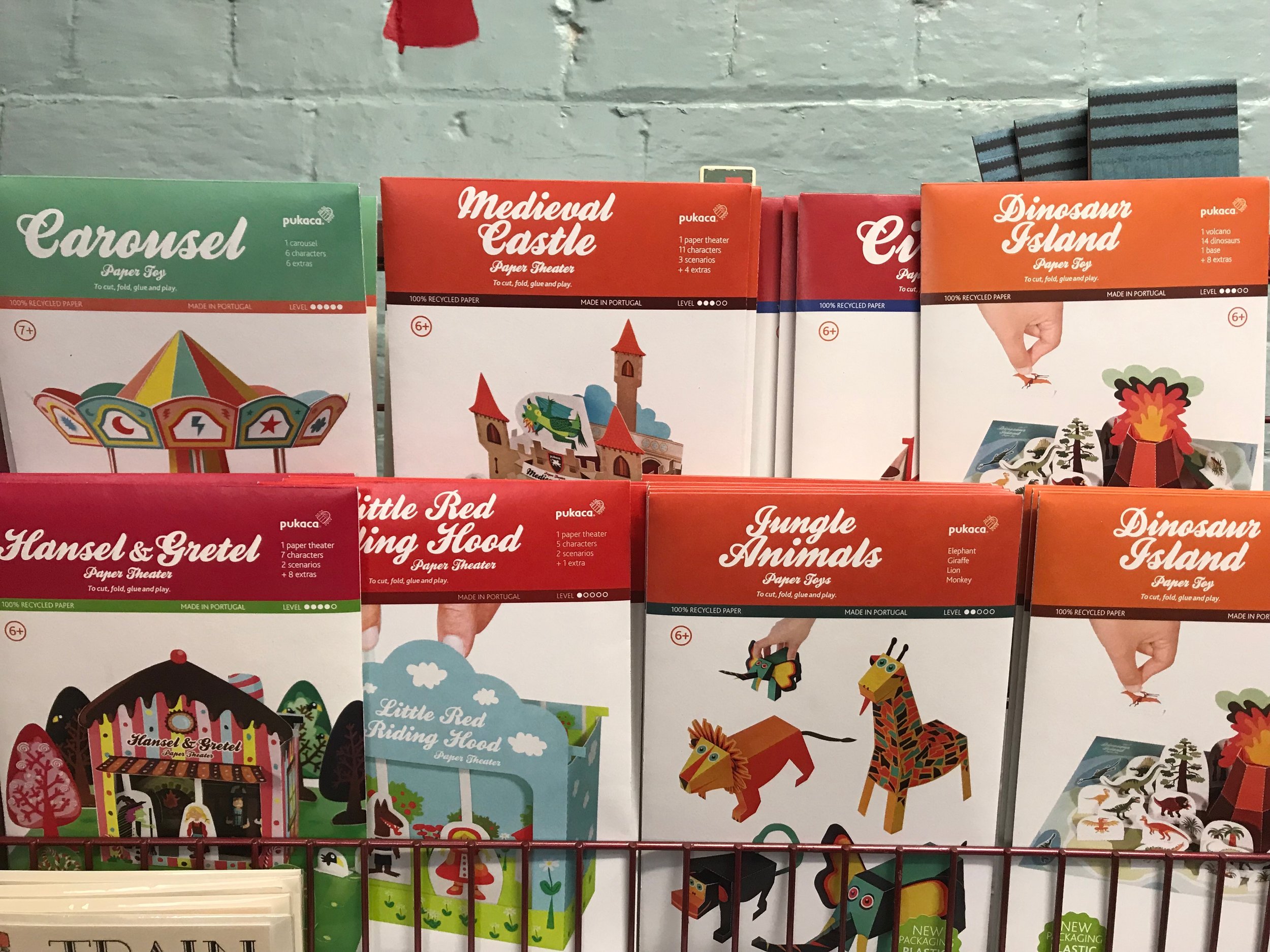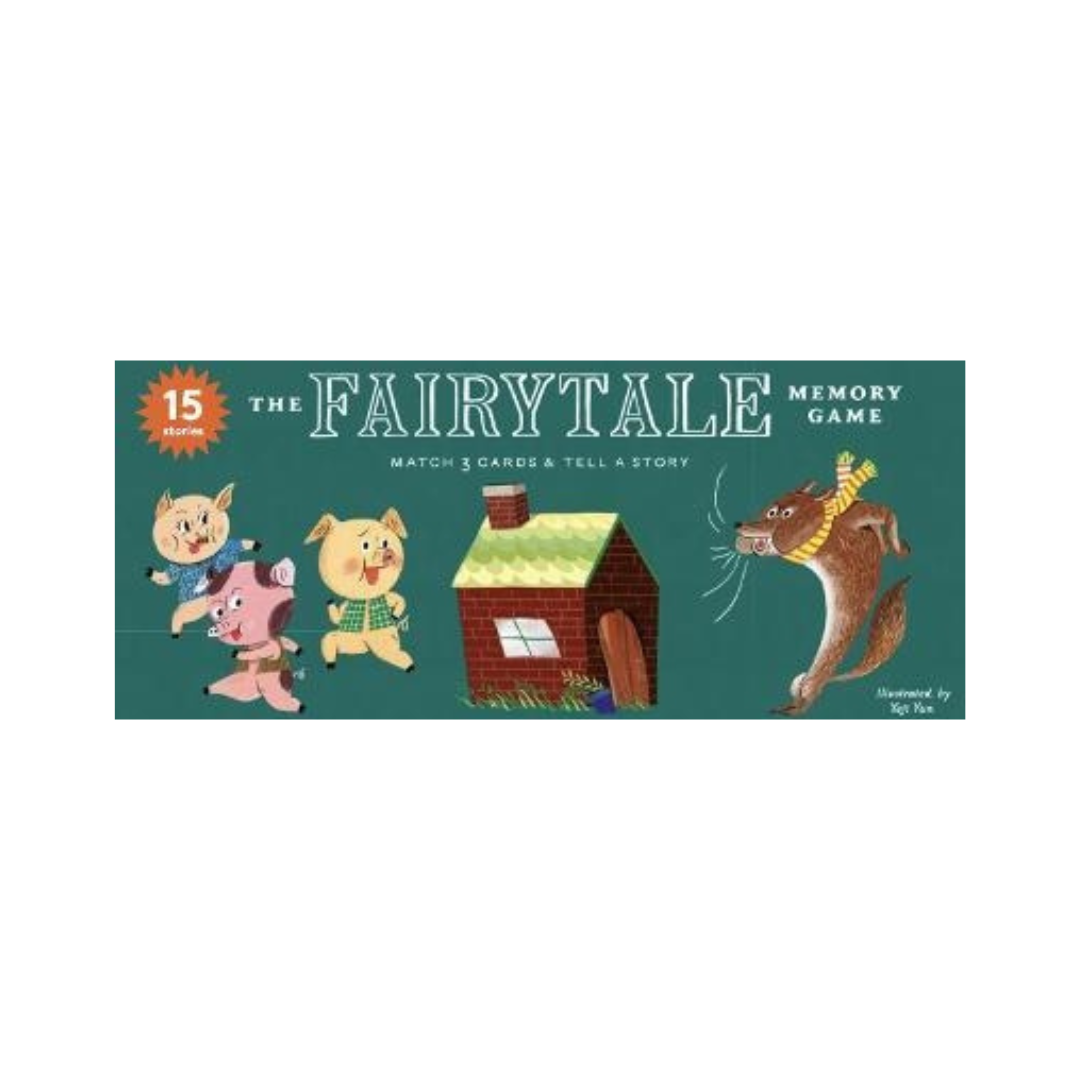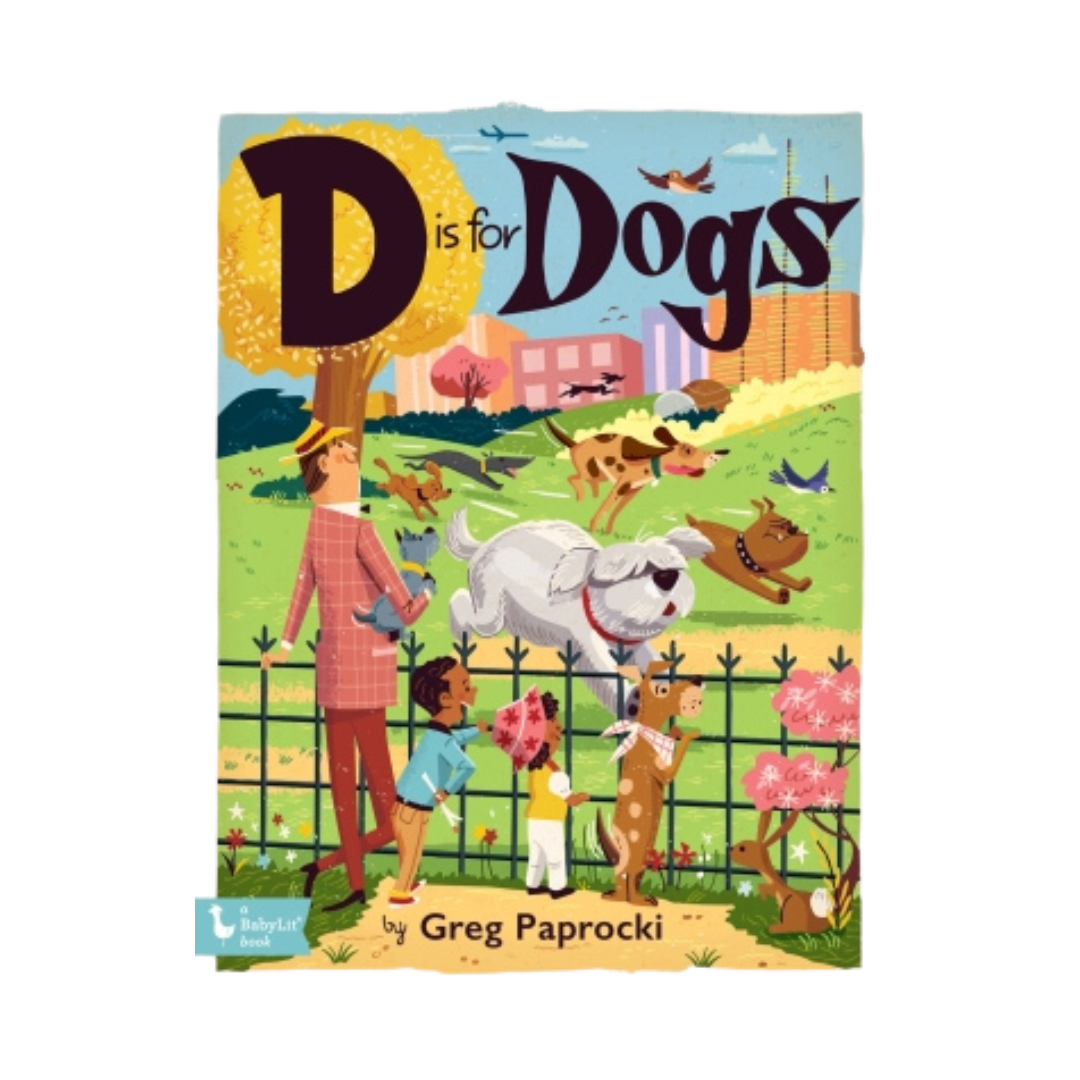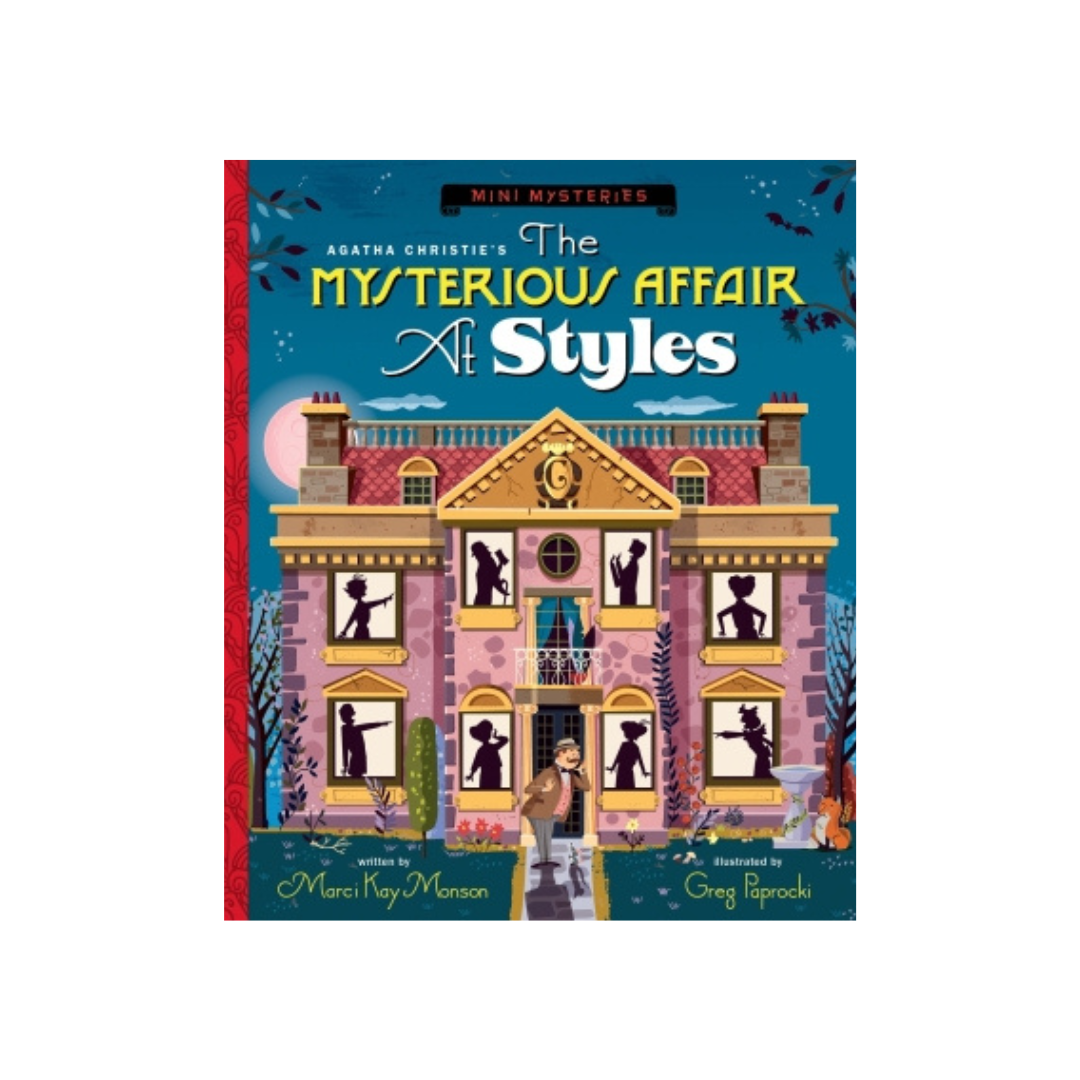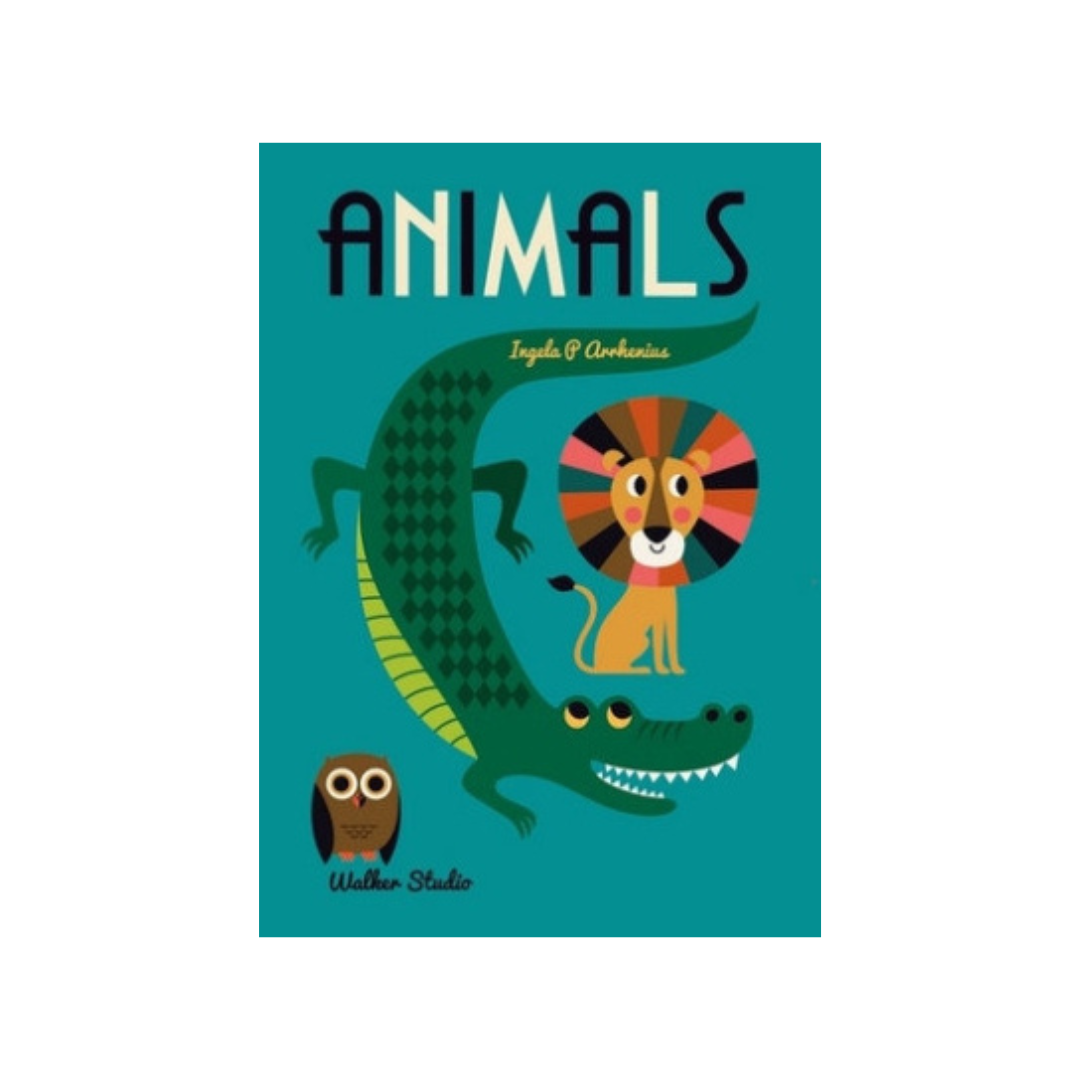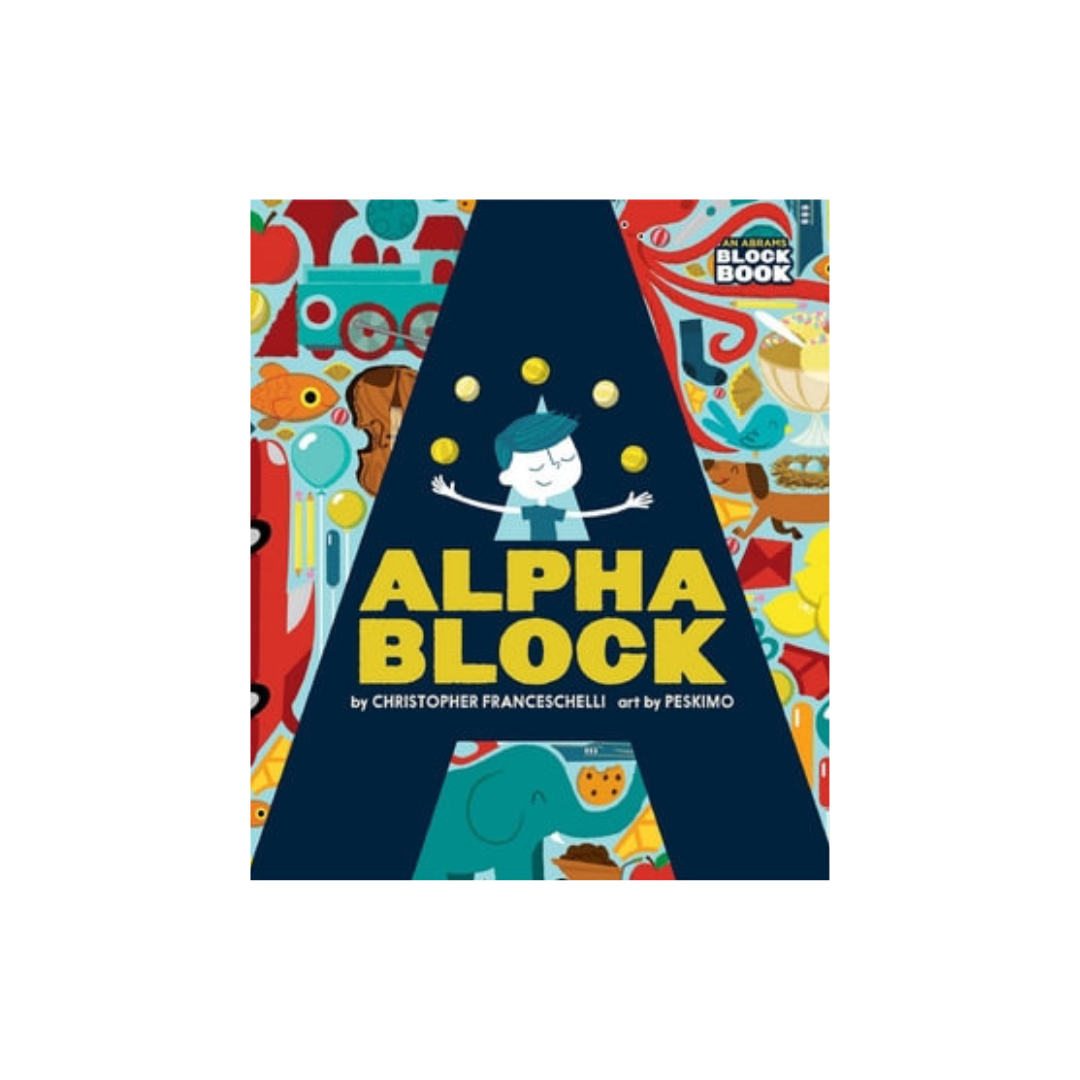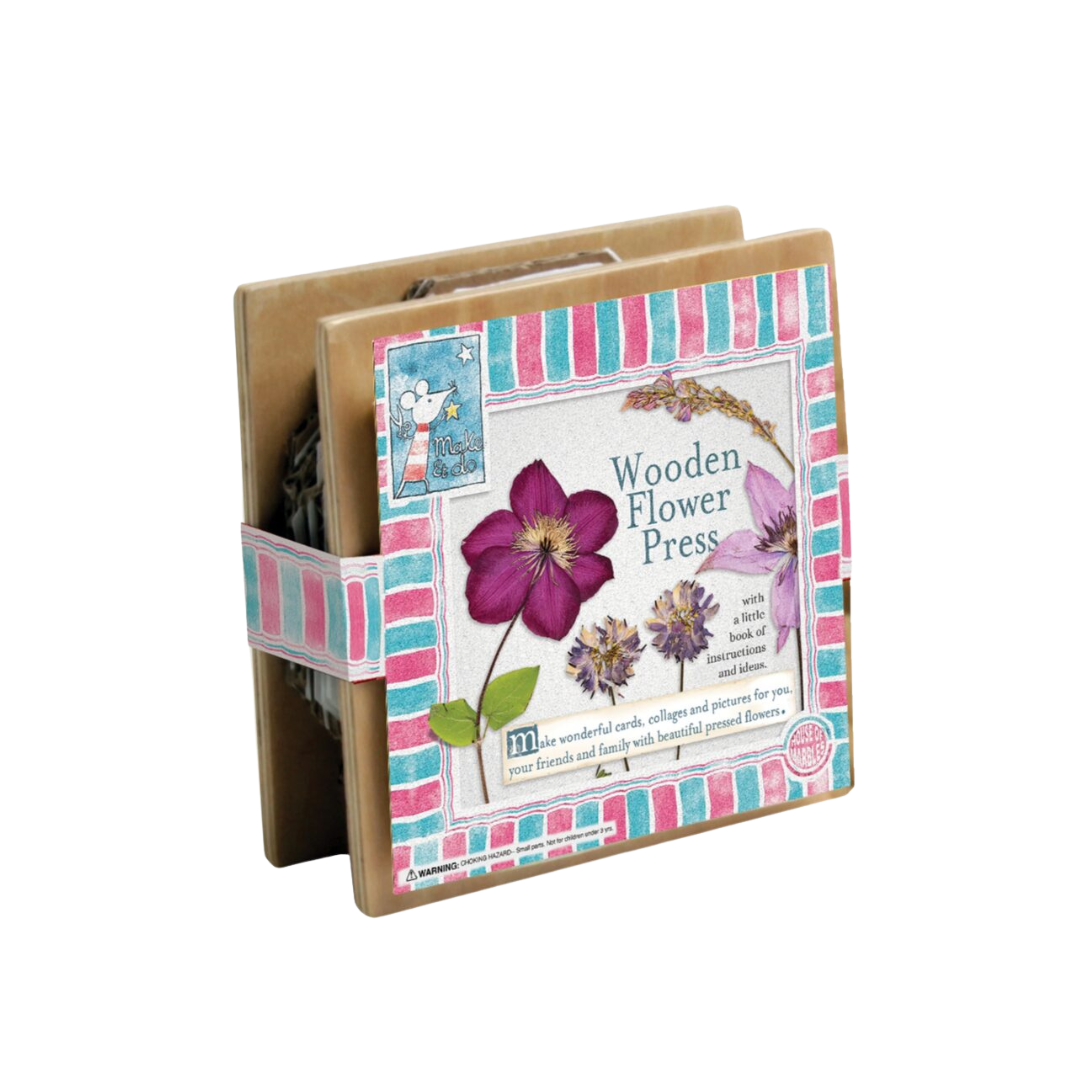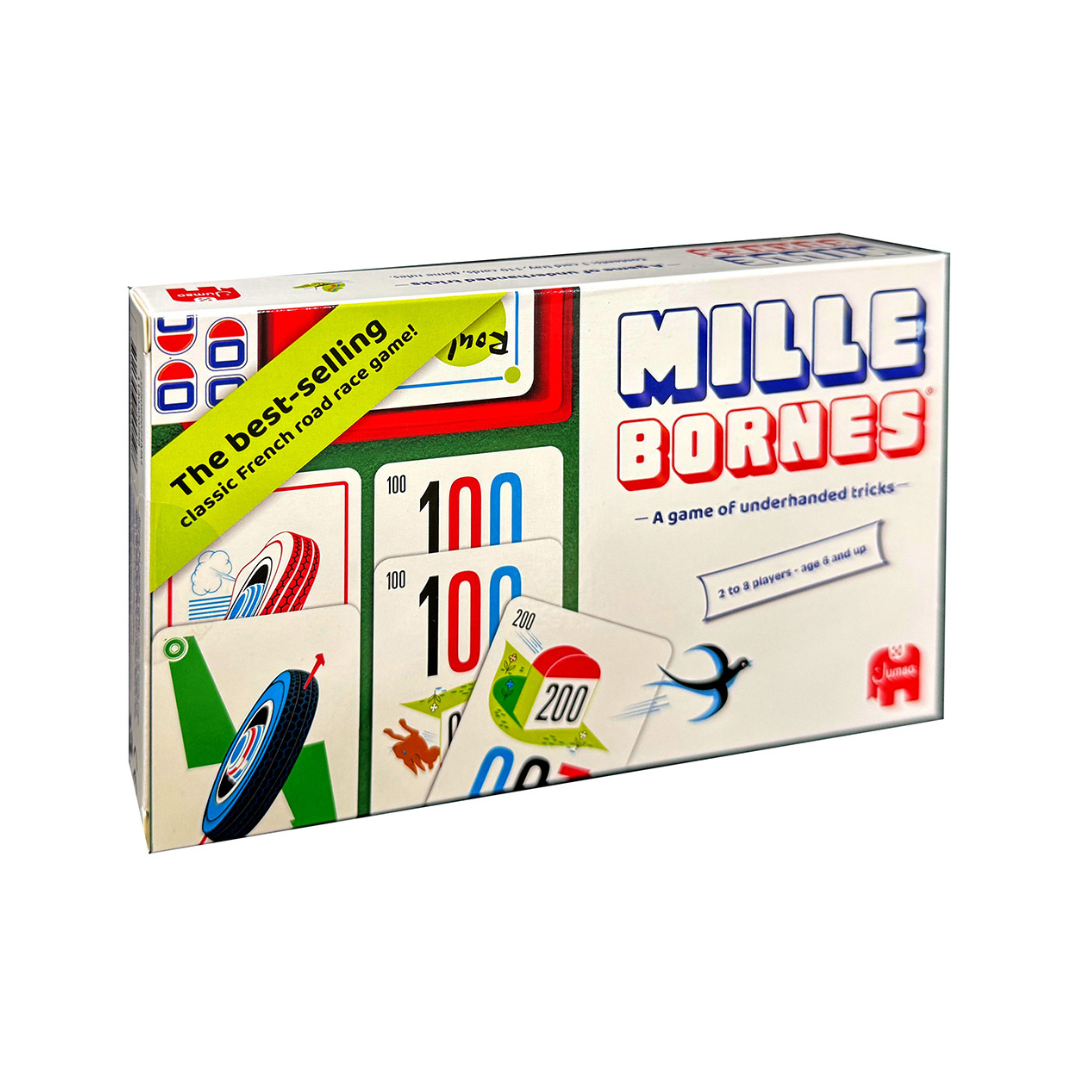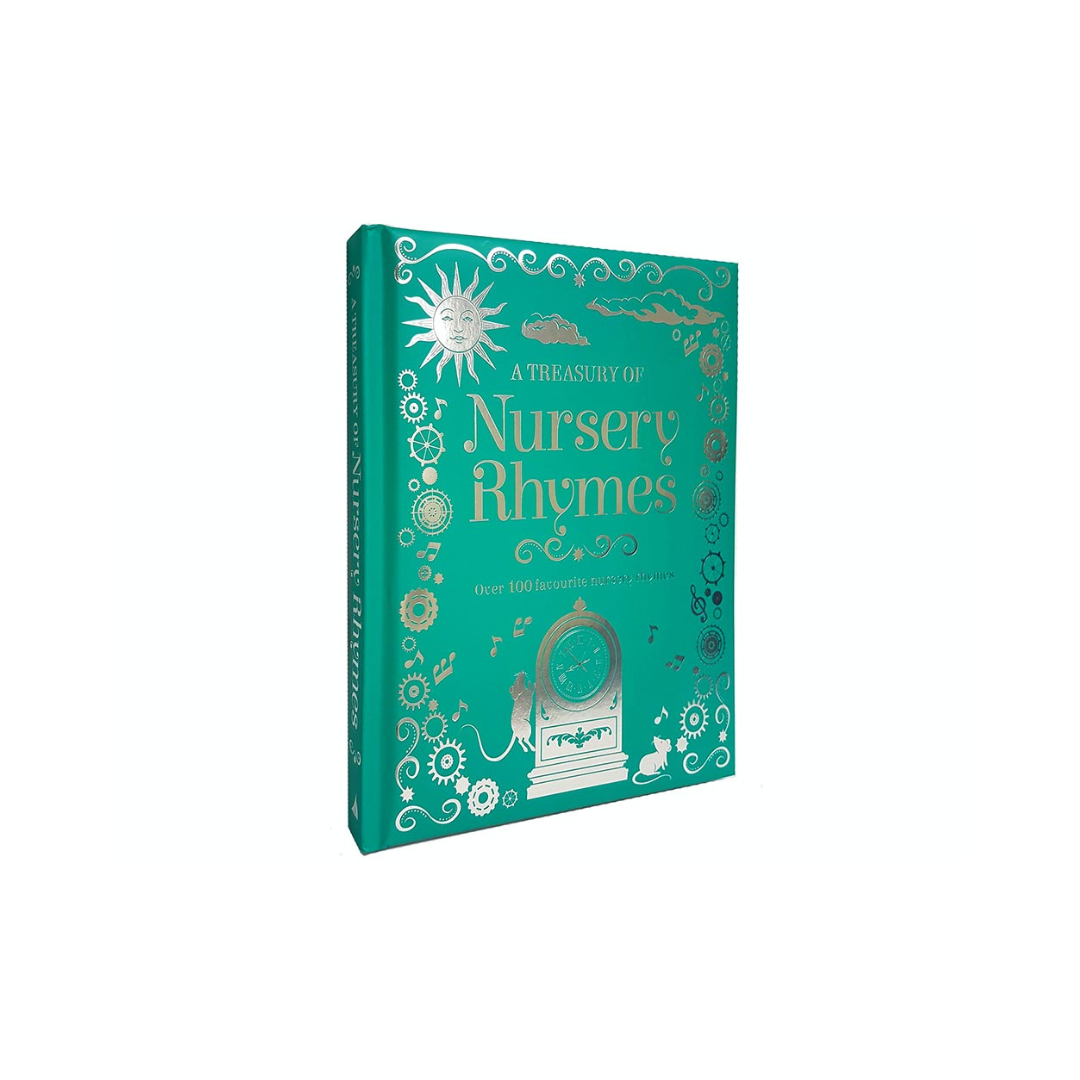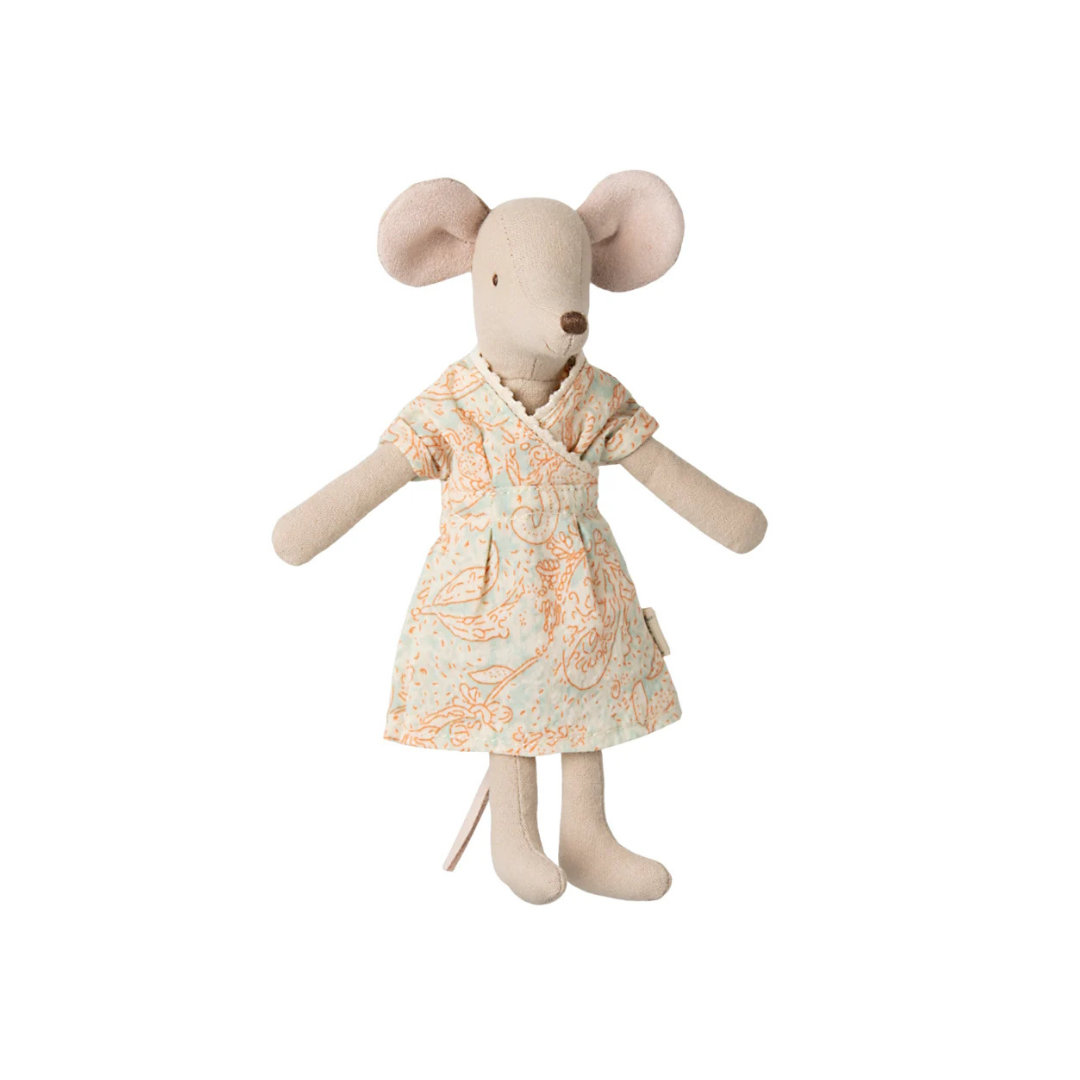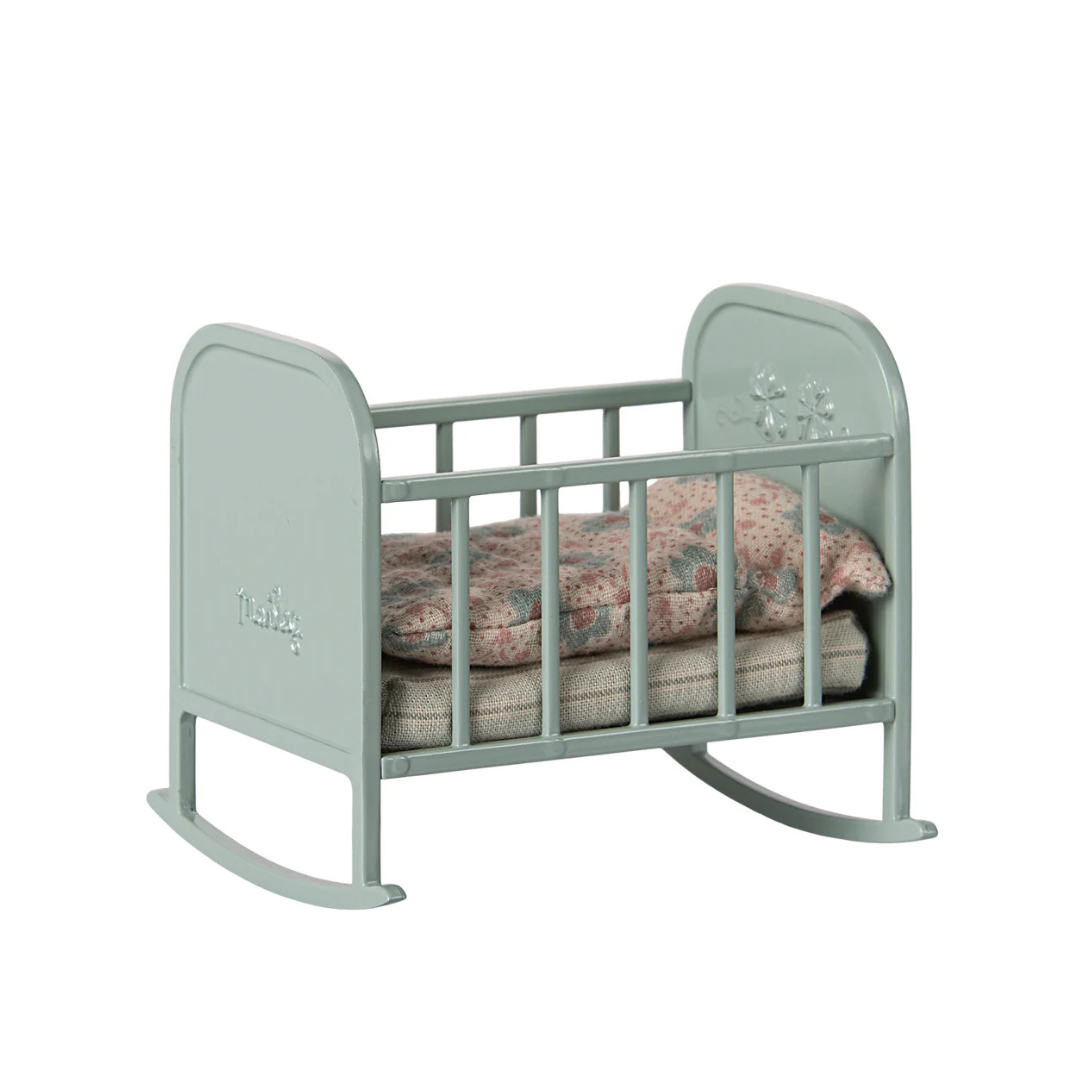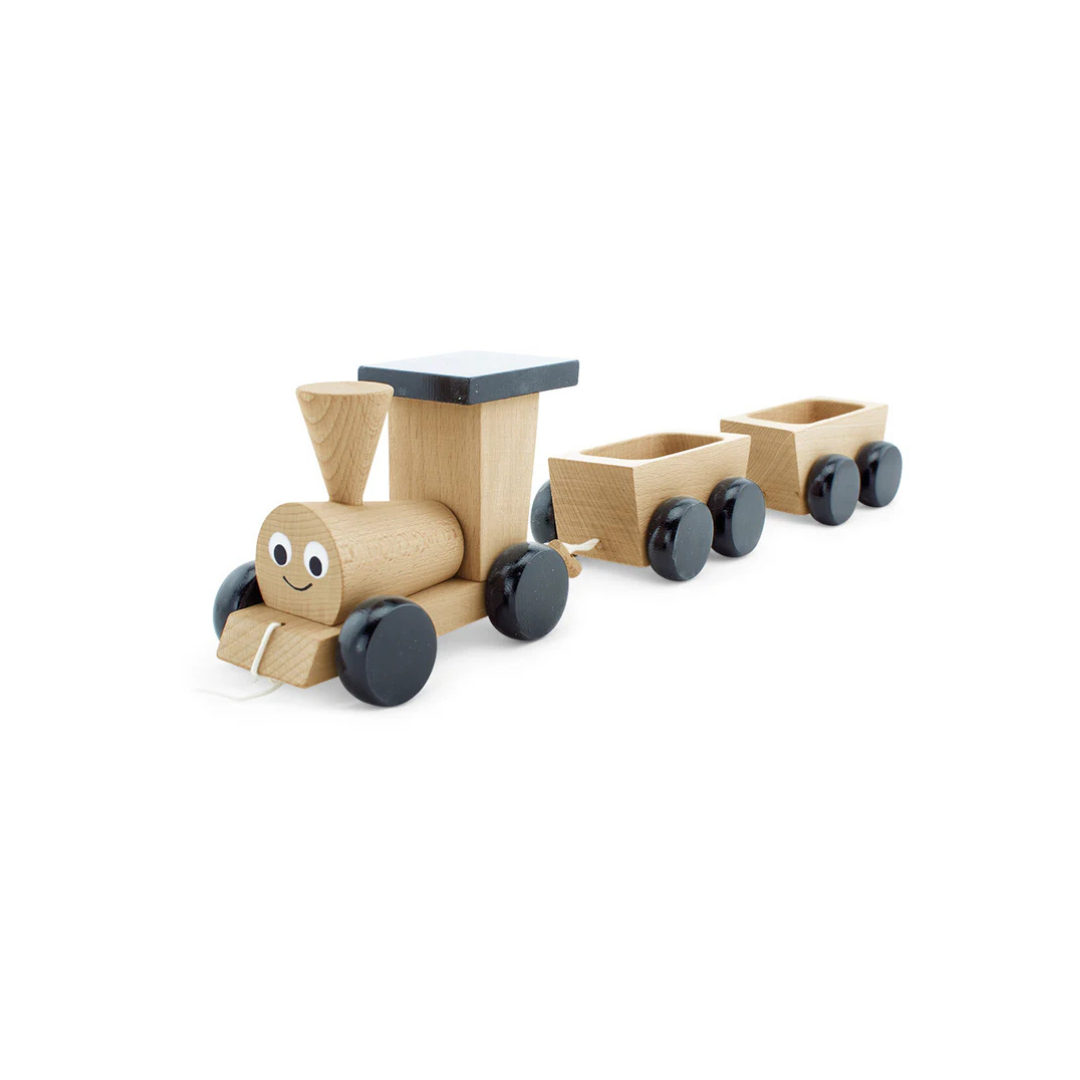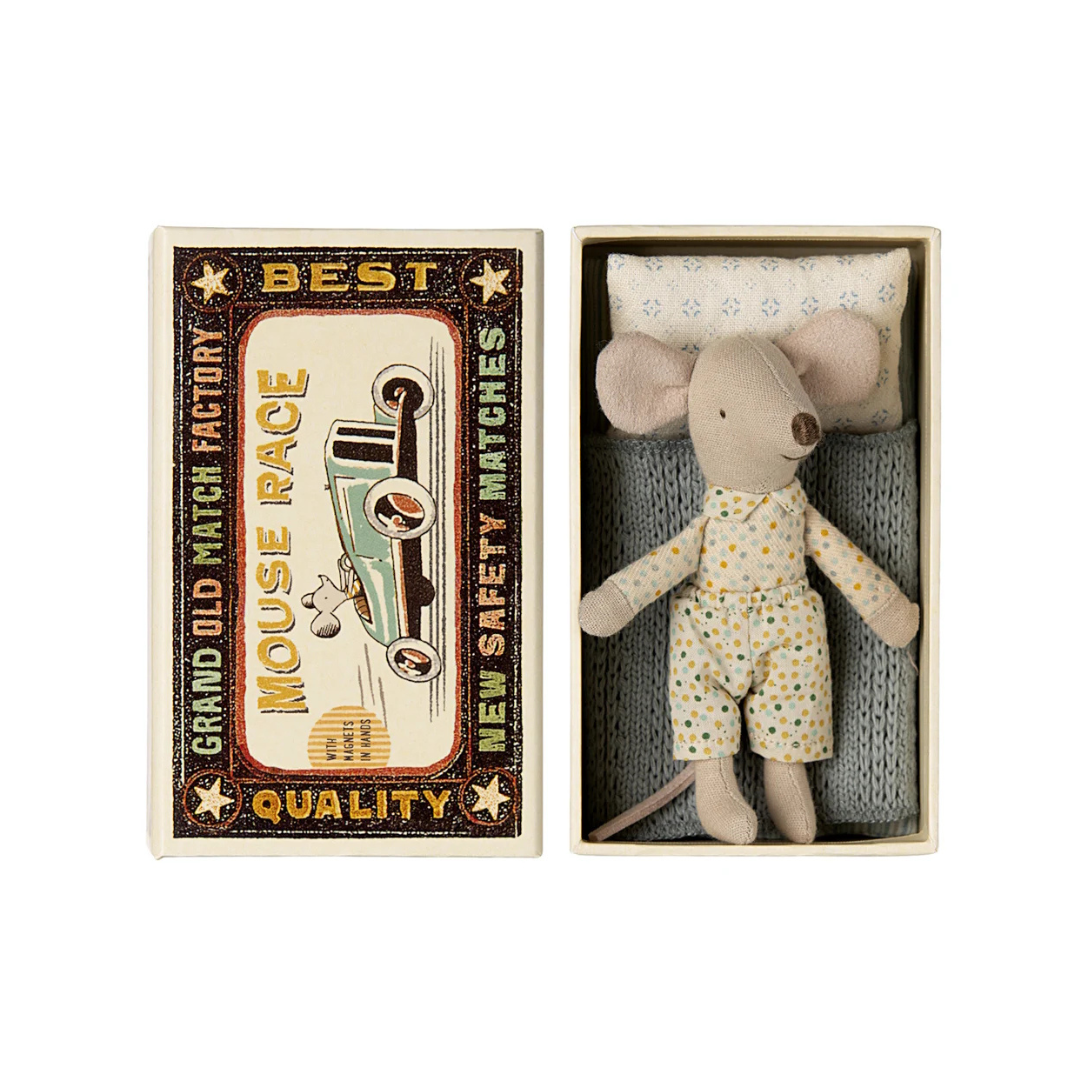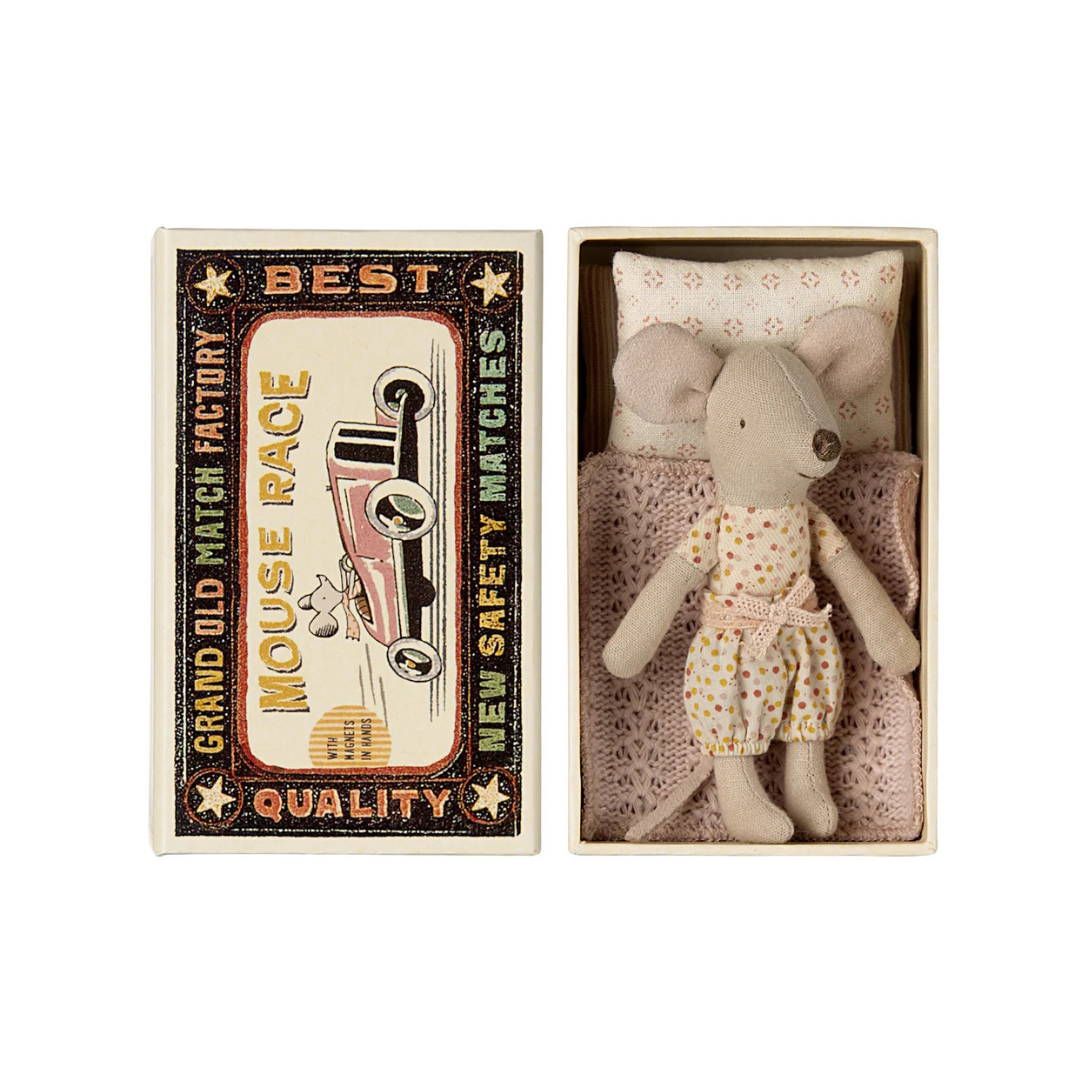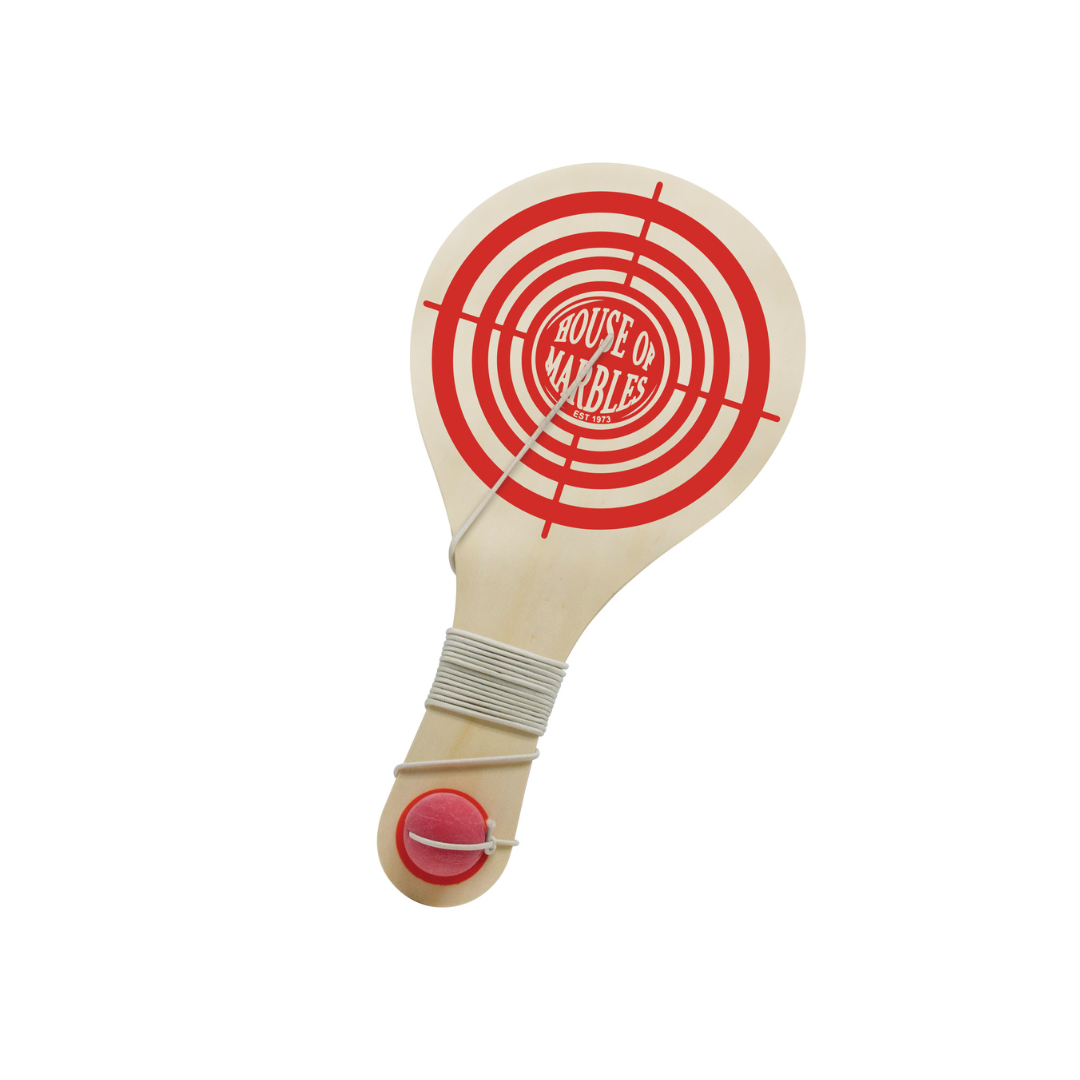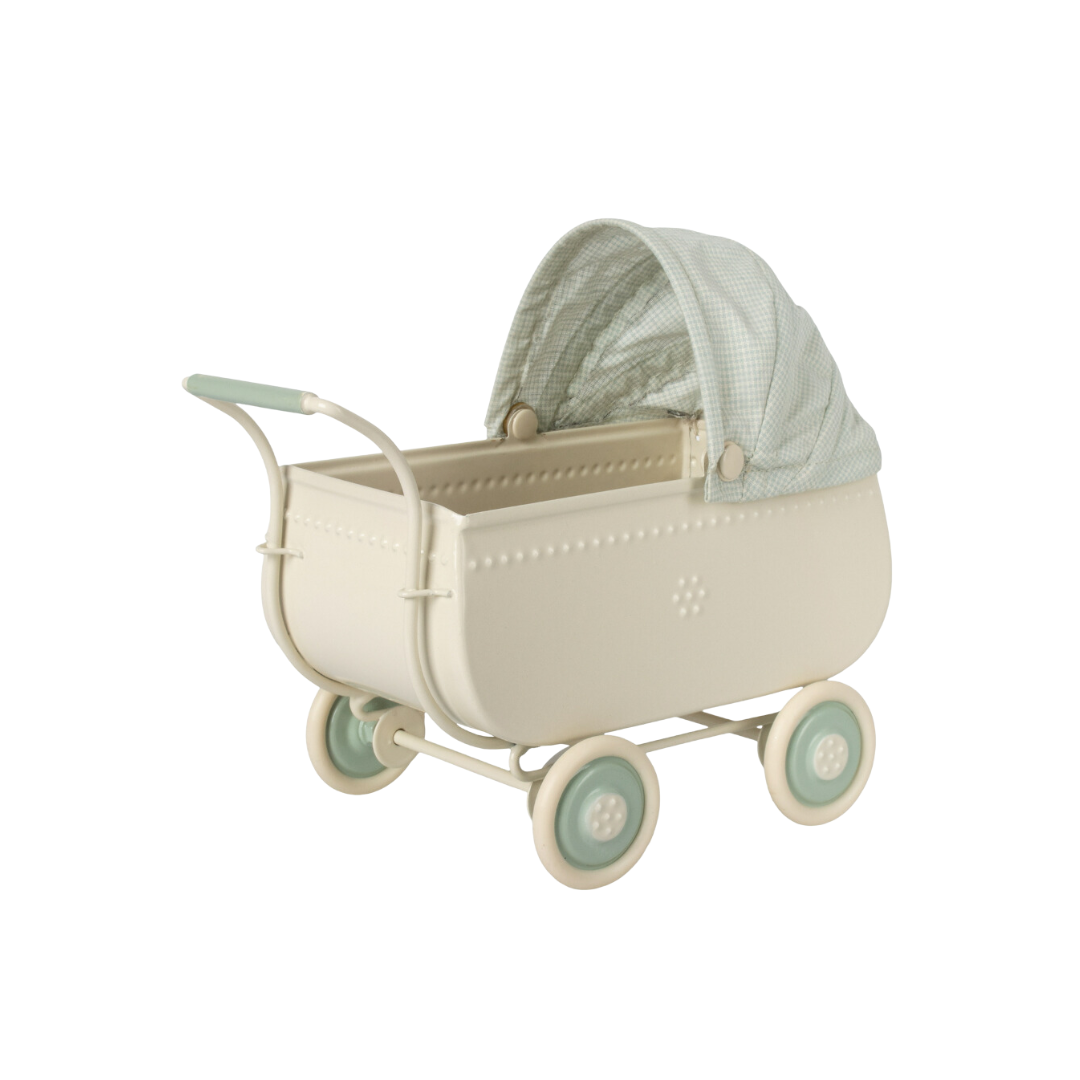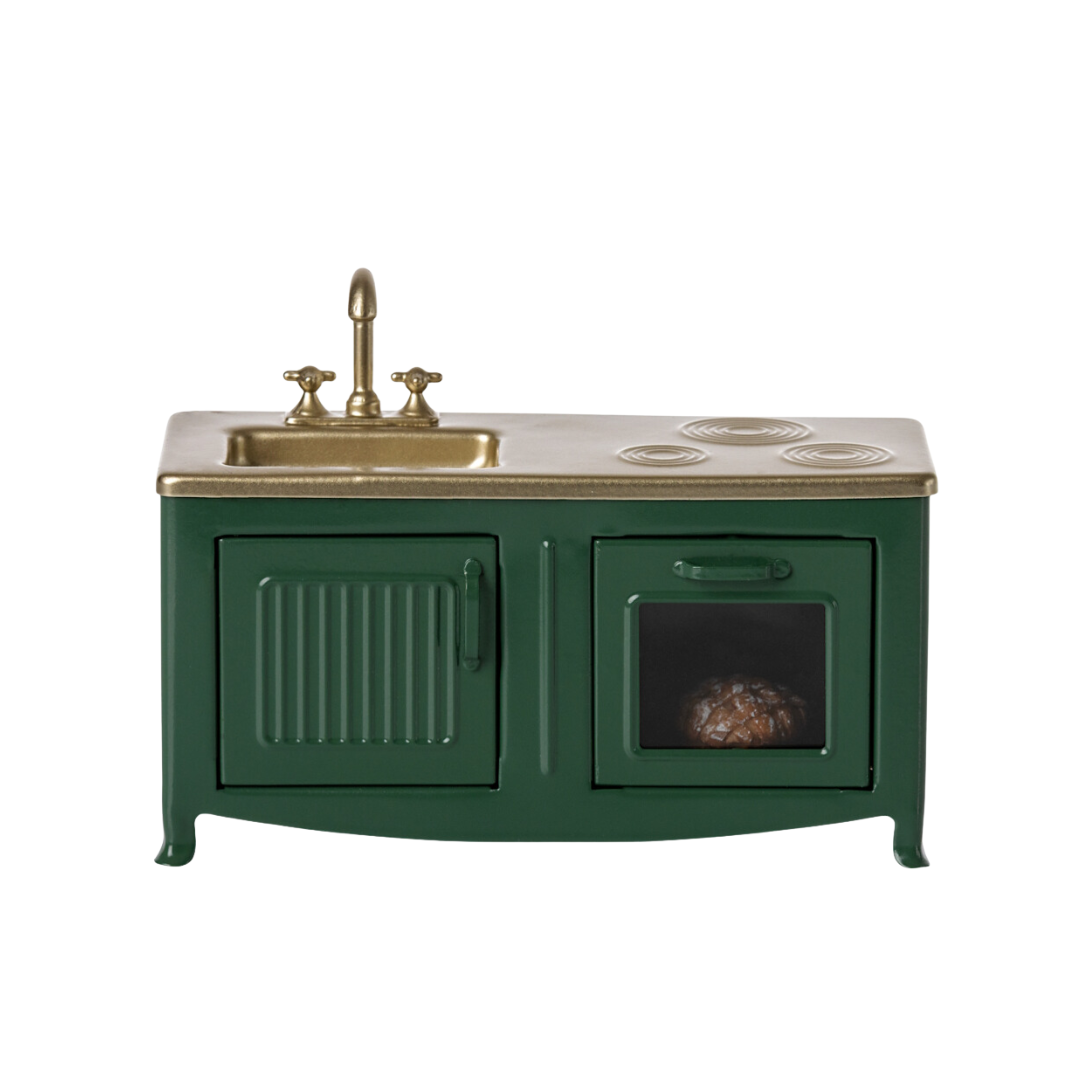The Benefits of Classic Toys and Games
Bonding with children over toys is enjoyable and beneficial to all involved, but there are also some other fantastic advantages to keep in mind when picking out toys for your little cherubs.
Bonding with children over toys is enjoyable and beneficial to all involved, but there are also some other fantastic advantages to keep in mind when picking out toys for your little cherubs.
Completing a puzzle helps with advancing a child’s fine motor skills as they learn to place puzzle pieces in the correct spot and the right way round. Puzzles also assist with hand-eye coordination and help children to understand patterns. We have a wide range of puzzles that are different sizes, shapes and a variation of pieces to challenge young ones and to ensure that will not get bored.
Do you remember the feeling you used to get from completing a puzzle? The experience leads to an immense sense of satisfaction, which in turn leads to a boost in self-esteem.
Playing a memory game or matching game with your child can help them to increase their attention span, and improve their cognitive skills. It is a great way to exercise and train the brain for visual memory. As memory and matching games are simple to play they can be enjoyed by children of all ages - younger children can bond with older children over a simple game. We have a large range of memory and matching games in store.
Craft can be enjoyed by all, whether it is painting, modelling with PlayDoh, building with blocks or drawing. Craft builds self-confidence, assists with decision making and gives children a sense of identity as they discover their creative flares whilst being their own person, (all while having fun!). Craft toys are also a great way for children to express themselves. We love to encourage children to be their own person and express themselves and have a fantastic range of craft activities in-store to help them do this, including Paper Dolls, Origami and paper craft sets, knitting dolls, stamp sets, stickers and flower presses.
Imaginative play has infinite possibilities and we stock a large range of play sets where children and adults can bond over tea parties, cook with wooden utensils, cut up wooden fruit and much more. Imaginative play builds a child’s self-confidence and it is a stepping stone to social play as they invite others to play with their tea cups filled with imaginary tea, or in their kitchen making imaginary dinner for their toys. Imagination play is also great for a child’s emotional development as they can express their feelings through re-enactment of certain experiences with their pretend play toys.
Musical instruments ignite all areas of a child’s development and skills. Playing musical instruments is great for toddlers and even if it doesn’t sound like anything rhythmical or melodic to us, it helps their body and mind work together. Music is a great way for young ones to express their creativity and they get a sense of accomplishment as they make sound come out of a piano, drum, harmonica or guitar. At The Vintage Toy Box we believe that it is important for children to express themselves by making music with instruments and we love to hear them making music in-store with all of our instruments and music toys.
Stuffed teddy’s, dolls and other soft toys provide comfort and security for your little one, giving them a friend to tell secrets to and confide in. They are also a great gateway to imaginative play as they role-play with their much loved toys. Children may for example act like a parent to other toys, putting them in charge of a situation, which in turn then builds up their self-confidence. We have a large range of soft toys which could easily become your child’s next loving best friend.
Sitting down as a family to play a family board game is a great way for a child to feel a sense of belonging and security as they play. Introducing family games at a young age can help with learning, teaching children how to share, how to take turns and how to loose without getting offended or upset. Another great benefit of family games is that it teaches children about planning and problem solving. We have loads of family games in store to intrigue adults and children alike, including all time classics such as Snakes and Ladders, Chess, Draughts, Ludo, and Game of Goose to name just a few. Enhance your family bonding time by grabbing a vintage inspired game today.
To check out all of these toys and games and much, much more, visit us in-store or browse or online store.
Classic Toys | Step Back in Time | Toys From The 1930s
The 1930’s in Australia were very tough, much like most of the industrialised world, with years of high unemployment, poverty and low profits. It wasn’t all doom and gloom though …
The 1930’s in Australia were very tough, much like in most of the industrialised world; with years of high unemployment, poverty and low income. Unemployment in Australia reached an all-time high of around 30% in 1932. This period of time was called The Great Depression and it all began with the Wall Street Crash of 1929 – also known as Black Tuesday which affected the entire global economy. It wasn’t all doom and gloom though …
Australia had two great sporting heroes during the Great Depression; Phar Lap and Don Bradman.
Phar Lap, a thoroughbred champion horse dominated the racing scene in Australia during this time, winning the Melbourne Cup in 1930, the Craven Plate in 1929, 1930 and 1931, the Underwood Stakes in 1931, the Hill Stakes in 1930 and 1931, and many more. At the time of his death, Phar Lap was the third highest stakes-winner in the world.
Fun Fact: Phar Lap’s heart is actually on display at the national Museum of Australia. YUCK!
The other sporting great is non-other than the famous cricketer Sir Donald Bradman, or ‘The Don’ as he was affectionately known. ‘The Don’ rose to fame during the Great Depression and was soon dubbed the ‘greatest batsman who ever lived’ and the greatest cricketer of the 20th century, with a test batting average of 99.94; the greatest achievement by any sportsman in any major sport.
‘The Don’ moved with his parents when he was two and a half years old to Bowral, in the Southern Highlands of NSW, (just down the road from us!). There is now a Museum at the cricket oval in Bowral dedicated to Sir Donald Bradman, and very aptly named Bradman Oval.
Fun Fact: ‘The Don’ used to practice his cricket skills against a water tank with a golf ball and cricket stump as times were tough.
Sporting greats kept spirits up, whilst Australia and the rest of the world were greatly affected by the Great Depression. Toys were not readily available, as many families simply could not afford them. Most toys in the era of the Great Depression were handmade out of scrap wood, such as alphabet blocks, cars, animals, dolls and farm houses.
Fun Fact: Flour mills started using pretty fabric for their flour sacks when they realised that many families were clothing their children in them, as well as making dolls from the fabric.
Children mostly played with anything that they could find and used their imagination, (not like today where children just download video games like Minecraft or Fortnite onto their Xbox or PlayStation!).
Another feat of the imagination, the Harbour Bridge awed the world, when it opened in Sydney in 1932. Designed and built by British firm Dorman Long and Co., the Harbour Bridge, now heritage-listed, is the sixth longest spanning arch bridge in the world. It is the tallest steel arch bridge, measuring a whopping 134 m from the top down to the water level. The bridge took six years to complete after the first concrete piers were put in their place in 1926, and has become one of Australia’s biggest icons, recognisable by almost everyone around the world, and dubbed ‘The Coathanger’.
Another world first was when FM broadcasting radio was invented by Edwin Howard Armstrong in 1933, becoming an instant success with music like Jazz and Blues leading the way for the majority of the decade. Towards the end of the decade Swing Jazz took over and paved the way into the 1940’s. Jazz and Blues performers like Fred Astaire, Count Basie, Billie Holiday and Duke Ellington all owned the thirties music scene.
Radio and film were greatly loved during the 1930’s with a huge amount of (now classic) movies being released. Walt Disney’s Snow White and the Seven Dwarfs was brought to the big screen on December 21st 1937, just in time for Christmas. This led to children playing with Snow White themed toys like jigsaw puzzles, 7 Dwarf figurines and Snow White dolls.
Fun Fact – Walt Disney was afraid of mice!
In 1939 The Wizard of Oz was released, starring Judy Garland as Dorothy Gale. The fantasy adventure film was nominated six times for an Academy Award, but lost out to Gone with the Wind which took out ten awards. Even though The Wizard of Oz didn’t receive any Academy Awards, it did get awarded for best original song for ‘Over the Rainbow’, which still sends hearts soaring today, way up high!
The biggest movie star of the 1930s was child star Shirley Temple. At just six years old, Shirley Temple was the first ever celebrity to have a doll named and styled after her. Shirley Temple made over 30 movies in her acting career, with the movie Heidi being a strong family favourite. On December 28, 1934 the movie Bright Eyes was released, featuring Shirley’s signature song ‘On the Good Ship Lollipop’, which led to 500,000 sheet-music copies being sold! In February 1935 Shirley Temple was the first child star to be honoured with a miniature juvenile Oscar for her accomplishments within the film industry.
Fun Fact: In 1933, a man by the name of Richard M Hollingswood built a prototype drive-in movie theater in his own driveway, attracting a lot of attention!
In 1935, when the world was just starting to rebuild after the Great Depression, the original board game version of Monopoly was published by Parker Brothers. Over the years the rules and board have changed considerably, with the copyright of the game also changing hands a few times. Parker Brothers and its parent company Hasbro continue to hold valid trademarks, along with Waddingtons in the UK. Sales have continued to soar through the decades and Monopoly has since gone on to be licensed in over 103 countries and released in over thirty-seven languages. There are now a wide range of different versions available, such as an Australian version (featuring a classic meat pie and BBQ), The Simpsons, Pokémon, Stranger Things, Star wars, Star Trek, The Walking Dead and Game of Thrones. Channel 9’s hit TV show The Block has also jumped on the Monopoly bandwagon, releasing The Block Special Edition just in time for Christmas.
It seems that anything that makes it big on the TV screen now has a Monopoly game themed after it. 2018’s hottest video game Fortnite, (which has taken the world by storm with its online platform) even has a Monopoly board themed after it. You can battle opponents, claim locations and avoid ‘The Storm’ to survive. Monopoly has certainly come a long way since its release in the 1930s!
The 1930s was certainly a decade of great ups and downs, and one that certainly shaped history and what came after it.
Classic Toys | Kaleidoscope
Amaze the eyes with brilliant colours and patterns with the classic Schylling design. These beautifully illustrated tin kaleidoscopes continue to dazzle all who lay their eyes on them, and little hands always make a beeline for them in store.
Amaze the eyes with brilliant colours and patterns with the classic Schylling design. These beautifully illustrated tin kaleidoscopes continue to dazzle all who lay their eyes on them, and little hands always make a beeline for them in store.
The kaleidoscope is thought to have been invented in 1816 by Scottish inventor Sir David Brewster, with its name originating from the Greek words meaning ‘beautiful form watcher’.
Did you know that Sir David Brewster went on to advance lighthouse lens and stereoscope designs.
The visual stimulus provided by the kaleidoscope therapeutically promotes positive joyful emotions and promotes good mental health through colour therapy. We always new that traditional toys were good for you!
Our Favourite Classic Children's Toys
We love all of our toys; they’re all magical and all bring us so much joy. We’re often asked though to pick our top three faves. After much thought, we realized that our ‘go to’ items are also three of our biggest sellers. These are a few of our favourite things …
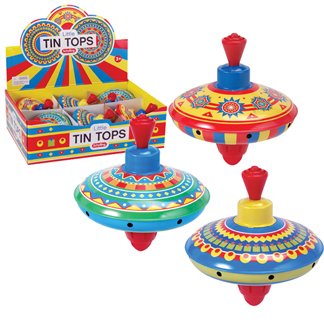
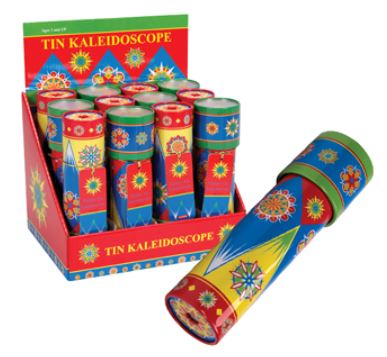
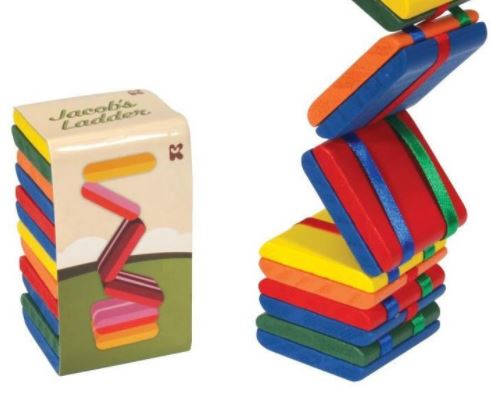
We love all of our toys; they’re all magical and all bring us so much joy. We’re often asked though to pick our top three faves. After much thought, we realized that our ‘go to’ items are also three of our biggest and best sellers. These are a few of our favourite things …
The Spinning Top
The simplest toys are always the best! We can’t help but love our traditional tin spinning tops from Schylling. These wonderful humming tin spinning tops are the perfect size for little hands. Each one features beautifully illustrated carousel graphics and entrances on each spin.
Did you know that the earliest clay spinning top was discovered in 3500 BC - that’s almost six thousand years ago!
A wooden spinning top which was carved circa 1300 BC and was later discovered in King Tut’s tomb was another early example of this simple toy, although Indigenous peoples from around the world have been making spinning tops from fruits, nuts and seeds for thousands of years before this one was created.
Did you know that spinning tops stay upright from an angular momentum; a law that Newton expressed as ‘objects in motion, stay in motion’.
The Jacob’s Ladder
Our Jacob’s Ladder is a traditional wood and lace click-clack toy and is a timeless classic, and a perfect edition to any toy collection. The Jacob’s Ladder is the original fidget spinner, perfect for busy hands.
The true origin of this classic toy, which produces visual and kinetic illusion is a mystery, however many believe that the toy finds its origins in China. We do know however that it received its earliest toy review in a 1889 American scientific article, describing the magic behind the mechanics.
In the 1700’s a Japanese polymath constructed one which was called Gennai’s Wondrous Click-clack; a name that is still around today. Another popular variation of this classic toy was an American 1940’s version, which had an indentation for a penny to disappear & re-appear.
Wherever it came from, the Jacob’s ladder is here to stay!
The Kaleidoscope
Amaze the eyes with brilliant colours and patterns with the classic Schylling design. These beautifully illustrated tin kaleidoscopes continue to dazzle all who lay their eyes on them, and little hands always make a beeline for them in store.
The kaleidoscope is thought to have been invented in 1816 by Scottish inventor Sir David Brewster, with its name originating from the Greek words meaning ‘beautiful form watcher’.
Did you know that Sir David Brewster went on to advance lighthouse lens and stereoscope designs.
The visual stimulus provided by the kaleidoscope therapeutically promotes positive joyful emotions and promotes good mental health through colour therapy. We always new that traditional toys were good for you!




